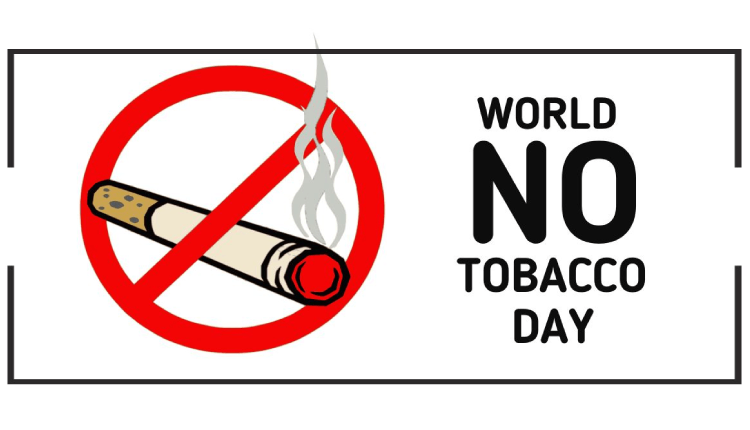Introduction
Tobacco consumption is one of the most common risk factors for non-communicable diseases such as cardiovascular disease, cancer, diabetes mellitus, stroke etc. Smoking tobacco brings in different chemicals and the most common being nicotine. Nicotine constricts the blood vessels, thereby reducing the blood supply to organs leading to heart attacks and stroke. It slows down the blood supply and affects the sensory organs leading to impaired vision and hearing. It damages the lining of the airways leading to recurrent bronchial inflammation and chronic obstructive pulmonary disease.
Why is tobacco addictive?
Nicotine enters the bloodstream after a few puffs, reaches the brain, and releases dopamine, a feel-good hormone. Nicotine gives a feeling of ‘high’ which makes a person dependent. After a few days, the body becomes accustomed to it leading to an increase in the number of cigarettes.
How to get rid of this addiction?
There is no safe smoking level; one just needs to quit smoking. Having said that, most smokers quit abruptly, leading to many withdrawal symptoms. One such common symptom is feeling sad, grief and void. Nicotine’s withdrawal effect makes one feel gloomy. So, one needs to have a positive outlook towards quitting and adequate willpower to sustain through these withdrawal effects. Later, one can proceed with alternative plans to sustain the act of quitting. Inhaling fresh air impacts the body and leads to better oxygenation, which adds quality to the sincere attempt to quit. Everyday triggers leading to smoking need to be seen honestly and must be supported with a positive attitude and alternatives. The first step in smoking is accepting the ill effects and honestly wanting to give it up. Nicotine replacement therapy which uses drugs and chemicals, releases nicotine in a minimal dose; thereby, it does not cause any harmful effects, and at the same time, one is not bothered by the withdrawal symptoms.
How tobacco growing destroys the environment?
Tobacco crops need pesticides, fertilisers, and growth regulators for their growth. These are harmful to the atmosphere and the soil in which it is growing. These chemicals can permeate the soil and even contaminate the water table, further affecting drinking water sources. Tobacco is seen as a cash crop, particularly when one wants to maintain subsistence farming in low and middle-income groups. The government should increase the tax for tobacco farmers and build more effective campaigns to educate people about the health hazards caused by tobacco. There should be more subsidiaries and benefits for those moving away from tobacco farming.
Conclusion
Tobacco farming on a mass scale destroys the earth’s etheric and adds poison to the external environment. Chemicals released from tobacco, such as nicotine, can destroy the human etheric and add poison to the internal environment. Man’s free will has led to a point where the inner and outer ecosystem have been severely affected. Before it is too late, we should put our efforts into undoing the damage and work towards a healthier and better world.
SAY NO TO TOBOCCO AND SAVE THE WORLD FROM ITS TOXIC CLUTCHES.
By Dr Karthiyayini Mahadevan, Head, Wellness and Wellbeing at Columbia Pacific Communities

Comments are closed.